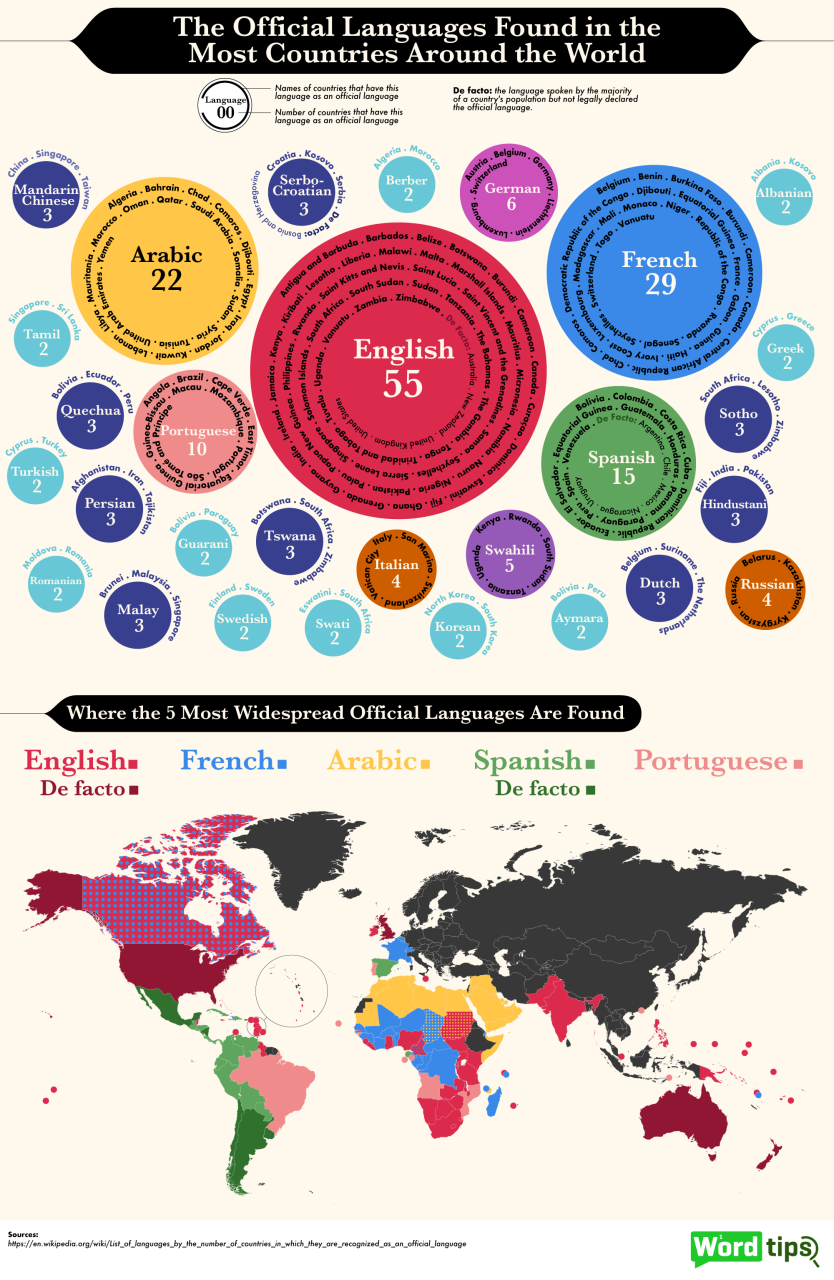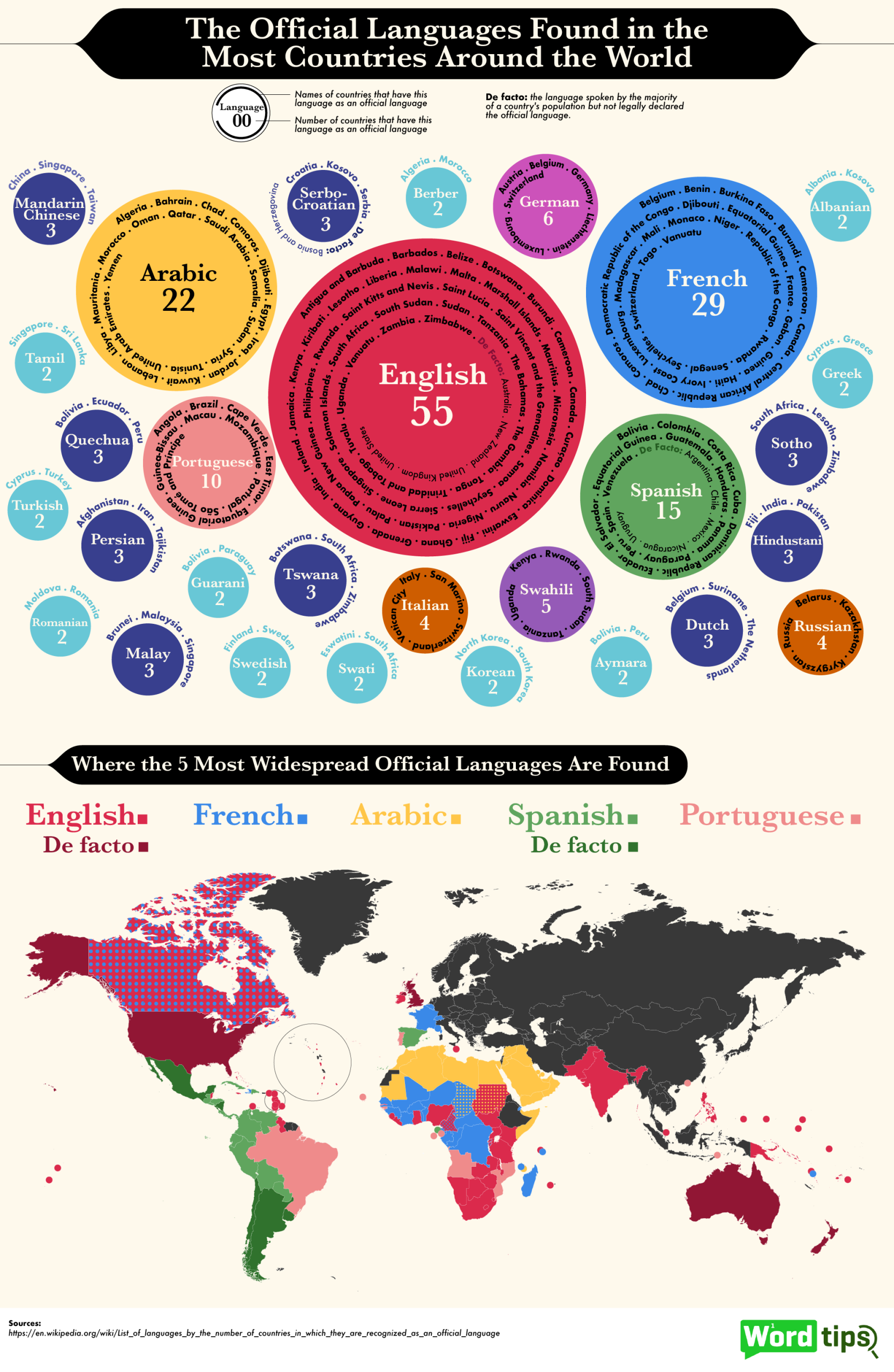Guatemala, a nation nestled in the heart of Central America, is a land of breathtaking landscapes, vibrant culture, and an extraordinary linguistic diversity that stands as a testament to its ancient roots and complex history. Far from being a monolingual Spanish-speaking country, Guatemala is home to an intricate tapestry of languages, primarily comprising 22 distinct Mayan languages, two other indigenous languages (Xinka and Garifuna), and, of course, Spanish. This linguistic richness is not merely a collection of different tongues; it is a profound reflection of diverse worldviews, intricate social structures, and an enduring cultural heritage that has persisted despite centuries of colonial influence and systemic pressures.
This article delves into the linguistic landscape of Guatemala, exploring its deep historical roots, the vibrant indigenous languages that continue to thrive, the pervasive influence of Spanish, and the challenges and triumphs associated with preserving this invaluable heritage in the modern era.
A Kaleidoscope of Indigenous Voices: The Mayan Legacy
At the heart of Guatemala’s linguistic diversity are the Mayan languages, descendants of a proto-Mayan language spoken thousands of years ago. These languages are not dialects but distinct languages, each with its own grammar, vocabulary, and unique cultural nuances. They are spoken by roughly 40% of the population, predominantly in rural areas and across the western and northern highlands.
The most prominent Mayan languages include:
- K’iche’: The most widely spoken Mayan language, K’iche’ is primarily concentrated in the central highlands, particularly in departments like Totonicapán, Quiché, and Sololá. It holds immense historical and cultural significance as the language in which the Popol Wuj, the sacred book recounting the Mayan creation myth, was originally written. K’iche’ speakers maintain strong community ties and cultural practices, often visible in their traditional attire and communal governance structures.
- Kaqchikel: Spoken by a significant population in the central highlands, including departments such as Chimaltenango, Sacatepéquez, and parts of Sololá, Kaqchikel is known for its vibrant oral tradition and rich literary output. Its speakers are often found in close proximity to major urban centers, leading to unique dynamics of language interaction with Spanish.
- Q’eqchi’: Predominantly spoken in the eastern and northern regions, spanning departments like Alta Verapaz, Izabal, and Petén, Q’eqchi’ is characterized by its distinct phonology and a robust presence in remote, forested areas. Q’eqchi’ communities are often deeply connected to their ancestral lands and traditional agricultural practices, with the language playing a crucial role in maintaining these connections.
- Mam: Found primarily in the western highlands, especially in Huehuetenango, San Marcos, and Quetzaltenango, Mam is another major Mayan language with a strong presence. Mam communities have historically faced significant challenges, including armed conflict and migration, yet the language remains a powerful symbol of identity and resilience.
- Other Significant Mayan Languages: Beyond these four, a plethora of other Mayan languages contributes to the country’s linguistic richness. These include Tz’utujil (spoken around Lake Atitlán), Ixil (in the Nebaj triangle), Popti’ (Jakaltek), Akateko, Chuj, Ch’orti’, Sipakapense, Uspanteko, and many others, each with its own unique history and community of speakers. While some of these languages have robust speaker bases, others are critically endangered, facing the threat of extinction due to smaller populations and limited intergenerational transmission.
Beyond the Mayan Family: Xinka and Garifuna
Guatemala’s indigenous linguistic heritage extends beyond the Mayan family to include two other distinct language groups:
- Xinka: The Xinka language family is an isolate, meaning it is not related to Mayan languages or any other known language family. Historically spoken across southeastern Guatemala, the Xinka languages have faced severe pressure over centuries and are now critically endangered, with only a handful of fluent speakers remaining. Efforts are underway to revitalize Xinka, recognizing its unique status as a vital part of Guatemala’s pre-Columbian heritage.
- Garifuna: Spoken by the Afro-descendant Garifuna people along the Caribbean coast, primarily in Livingston and Puerto Barrios, Garifuna is an Arawakan language with significant influences from African and European languages. The Garifuna language and culture arrived in Guatemala relatively recently, following their forced migration from the Caribbean islands. It represents a distinct cultural and linguistic tradition that enriches Guatemala’s already diverse tapestry.
The Lingua Franca: Spanish and its Enduring Influence
Spanish, the official language of Guatemala, is spoken by nearly all Guatemalans, either as a first or second language. Its presence is a direct legacy of the Spanish conquest in the 16th century, which irrevocably altered the country’s social, political, and linguistic landscape.
Over centuries, Spanish became the language of power, administration, education, commerce, and media. For many indigenous Guatemalans, learning Spanish was, and often still is, a pragmatic necessity for accessing opportunities, education, and navigating the dominant ladino (non-indigenous) society. This historical imposition and subsequent dominance have exerted immense pressure on indigenous languages, leading to language shift, particularly in urban areas and among younger generations.
While there are regional variations in Guatemalan Spanish, it generally shares characteristics with Central American Spanish dialects. The interaction between Spanish and indigenous languages has also led to the incorporation of indigenous words and phrases into Guatemalan Spanish, particularly terms related to local flora, fauna, and cultural practices.
Historical Trajectories and Shifting Dynamics
The history of language in Guatemala is a narrative of power, resilience, and transformation:
- Pre-Columbian Era: Before the arrival of Europeans, the region now known as Guatemala was a mosaic of vibrant indigenous civilizations, each speaking their respective languages, with Mayan languages being predominant.
- Colonial Period (1524-1821): The Spanish conquest brought with it a deliberate policy of Hispanization. While early missionaries sometimes learned indigenous languages to evangelize, the overarching goal was to establish Spanish as the lingua franca of the colonial administration, church, and economy. Indigenous languages were often suppressed, deemed inferior, and excluded from formal education.
- Post-Independence (1821 onwards): Following independence, the new Guatemalan state largely continued the policies of its colonial predecessors. The concept of a unified "Guatemalan" identity was often synonymous with "ladino" and Spanish-speaking, further marginalizing indigenous cultures and languages. Indigenous peoples faced systemic discrimination, and their languages were often seen as obstacles to "progress" and national integration.
- The Internal Armed Conflict (1960-1996): The brutal civil war, which disproportionately affected indigenous communities, led to further displacement, cultural erosion, and a deepening of existing inequalities. However, it also inadvertently fueled a stronger sense of indigenous identity and a push for recognition of their rights, including linguistic rights.
- The Peace Accords (1996): A pivotal moment, the Peace Accords recognized Guatemala as a multicultural, multilingual, and multiethnic nation. They specifically included agreements on the identity and rights of indigenous peoples, paving the way for legal frameworks to protect and promote indigenous languages.
Challenges to Linguistic Vitality
Despite legal recognition and ongoing efforts, Guatemala’s indigenous languages face numerous challenges:
- Language Shift: The most significant threat is the intergenerational shift to Spanish. Economic opportunities, access to education, media exposure, and the perception of Spanish as the language of prestige often lead younger generations to prioritize Spanish, sometimes at the expense of their ancestral language.
- Discrimination and Racism: Indigenous language speakers continue to face subtle and overt discrimination in various spheres of life, including public services, employment, and justice. This can lead to a sense of shame or inferiority associated with speaking an indigenous language.
- Lack of Resources: Many indigenous languages lack standardized writing systems, educational materials, and trained teachers. The availability of books, media, and technology in indigenous languages is still limited.
- Urbanization and Migration: Migration to urban centers or abroad often results in increased exposure to Spanish and a weakening of community ties that are crucial for language transmission.
- Limited Official Use: While constitutionally recognized, indigenous languages are still rarely used in government services, legal proceedings, or mainstream media, limiting their visibility and utility in public life.
Efforts Towards Preservation and Revitalization
Recognizing the immense value of its linguistic heritage, Guatemala has seen significant efforts to preserve and revitalize indigenous languages:
- Academia de Lenguas Mayas de Guatemala (ALMG): Established in 1990, the ALMG is the primary institution responsible for the research, development, and promotion of Mayan languages. It works on standardizing writing systems, developing grammars and dictionaries, training linguists, and promoting bilingual education.
- Bilingual and Intercultural Education (EBI): The Ministry of Education has implemented programs for bilingual intercultural education, aiming to teach indigenous children in their mother tongue while also learning Spanish. While progress has been made, challenges remain in terms of funding, teacher training, and curriculum development.
- Legal Frameworks: The Constitution and specific laws, particularly those stemming from the Peace Accords, recognize the rights of indigenous peoples to their languages and cultures. These provide a legal basis for language protection and promotion.
- Community-Led Initiatives: Numerous indigenous communities are actively engaged in grassroots efforts to teach their languages to younger generations, organize cultural events, and create materials in their native tongues.
- Technology and Media: There is a growing movement to utilize technology and media for language revitalization, including radio stations broadcasting in indigenous languages, online dictionaries, mobile apps, and social media content.
Language as Identity and Cultural Heritage
For indigenous Guatemalans, language is far more than a tool for communication; it is intrinsically linked to their identity, worldview, spiritual beliefs, and connection to their ancestors and land. Each language embodies a unique way of understanding the world, carrying with it millennia of traditional knowledge, oral histories, medicinal practices, and cosmological insights. Losing a language means losing a unique way of seeing, knowing, and expressing the human experience.
The struggle for linguistic preservation in Guatemala is thus a struggle for cultural survival, self-determination, and the recognition of human dignity. It is about empowering communities to maintain their heritage and contribute their unique perspectives to the broader national and global dialogue.
Conclusion
Guatemala’s linguistic landscape is a vibrant, complex, and constantly evolving phenomenon. The coexistence of ancient Mayan languages, the unique voices of Xinka and Garifuna, and the pervasive presence of Spanish creates a rich cultural mosaic. While the challenges of language shift and historical marginalization are profound, the ongoing efforts by indigenous communities, government institutions, and civil society organizations offer hope for the future.
Preserving and promoting Guatemala’s linguistic diversity is not just about safeguarding words; it is about protecting diverse ways of life, fostering social cohesion, and ensuring that the invaluable wisdom and beauty embedded within each language continue to enrich humanity for generations to come. The future of Guatemala’s linguistic tapestry depends on continued recognition, investment, and a deep appreciation for the inherent value of every single voice.


